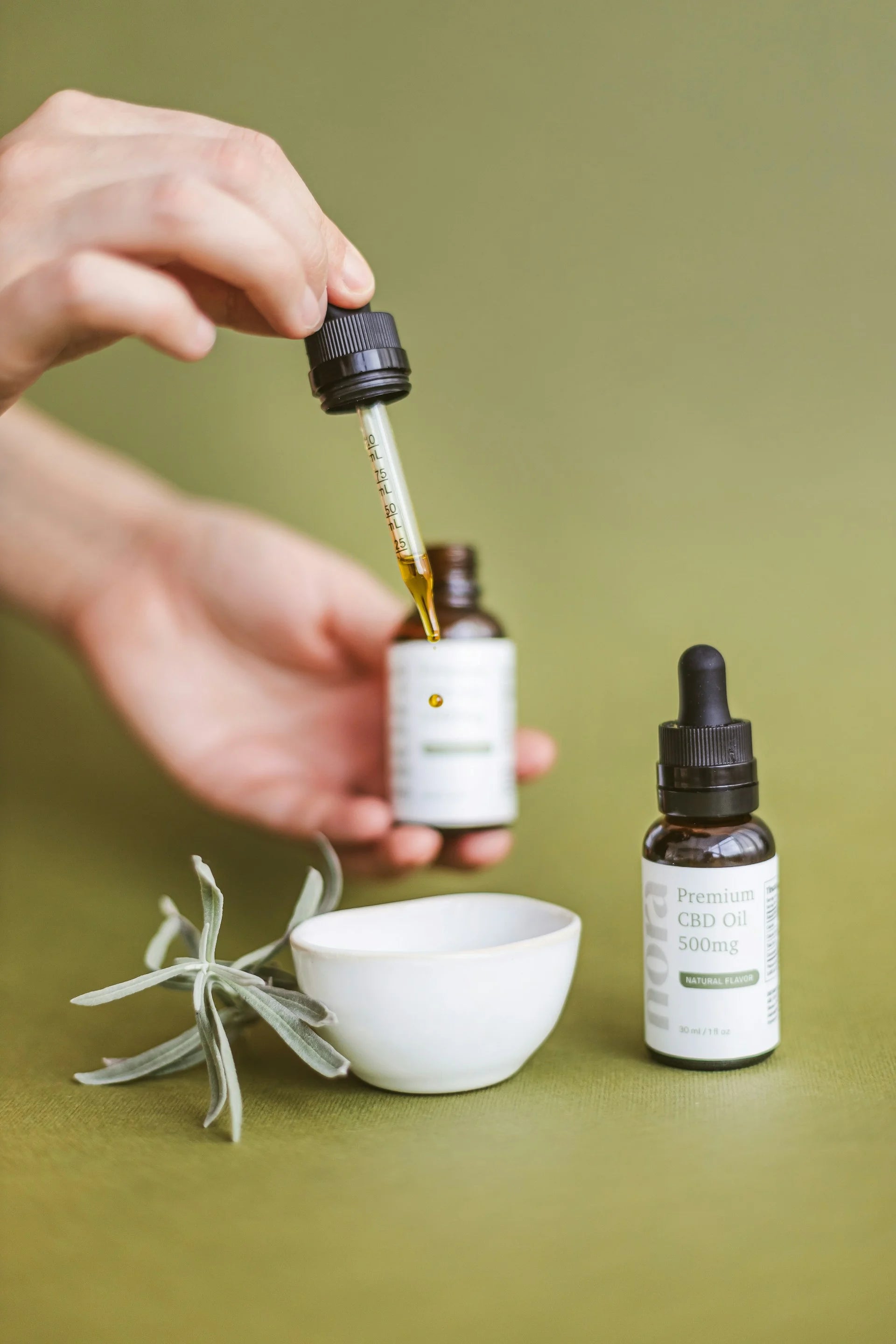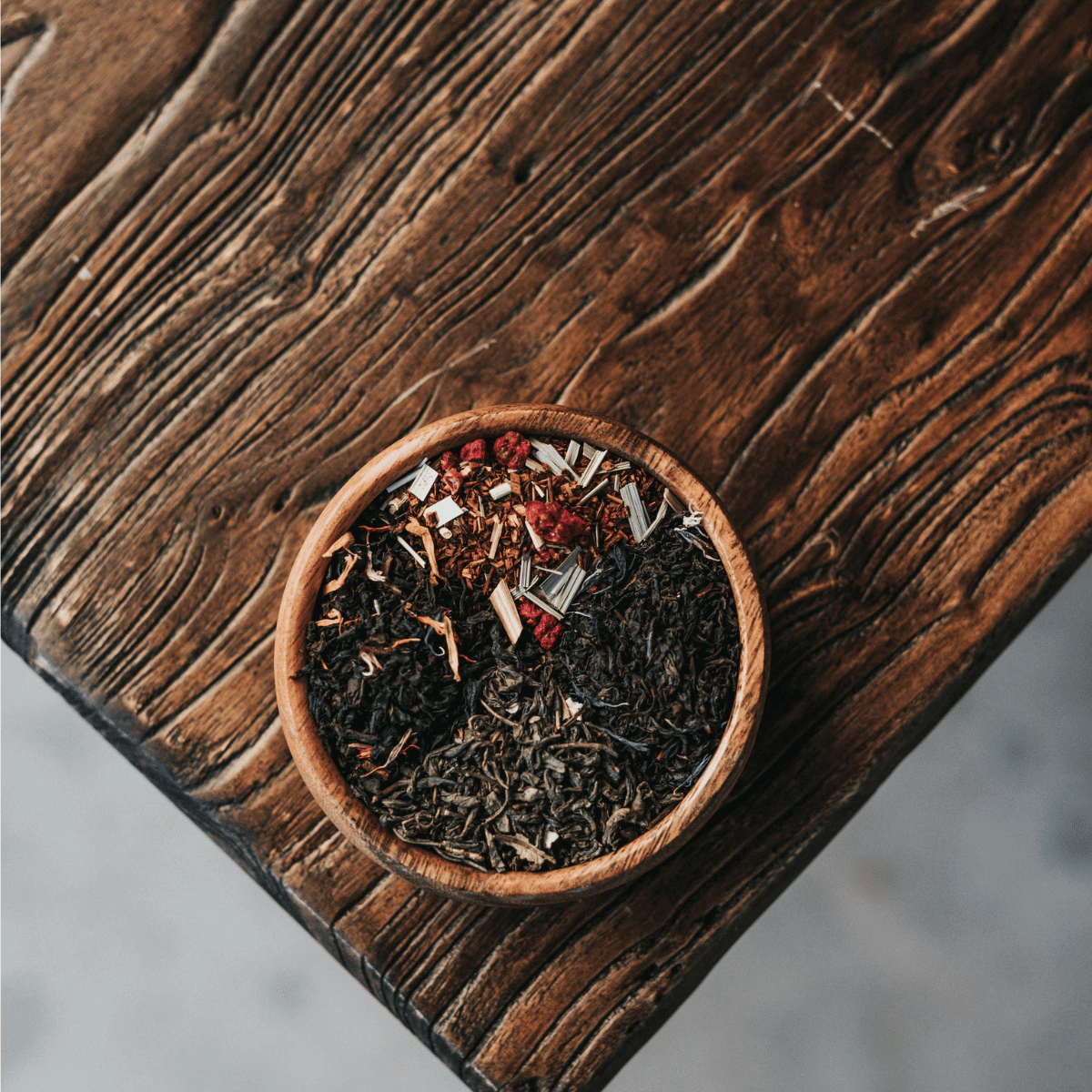What is chamomile?
The best-known botanical name for true chamomile is Matricaria recutita. Since forever, people have turned to chamomile for its calming effect on anxious feelings and its settling effect on upset stomachs. In the United States, chamomile is most often consumed by drinking tea, but some people smoke chamomile in herbal cigarettes or even vape chamomile. Using herbal smoking blends is a non-addictive method that can help you transition into a life without nicotine. Chamomile is sometimes included in herbal cigarettes mainly for the smooth taste it adds to the blend.
Is chamomile good to inhale?
Inhaling chamomile is one of the most common things with this particular plant, right after drinking it as tea. This healing herb has been used for thousands of years as a component of traditional medicine due to its laudable advantages in treating various conditions, including the alleviation of symptoms associated with anxiety and gastrointestinal issues. The plant is also well-known to help with upper respiratory tract inflammation. Chamomile may have specific beneficial properties that are released through smoking or vaporisation, but no research actually confirms those claims. However, as you might already know, smoking anything is harmful to your health. You should then consult a health practitioner before starting to smoke anything.
What happens if you smoke chamomile?
When smoked, Chamomile has a flavour that is light and pleasant. It has an effect similar to a sedative and an anti-spasmodic, so it might calm your mind and make the tension in your body go away. Yet further research needs to be done on this subject.
Smoking chamomile pros and cons

Photo by Girl with red hat on Unsplash
Smoking Chamomile, like any other herb, has pros and cons. Some research favours the herbs, and others show many side effects. The use of chamomile infusions or essential oils over an extended period or in excess can produce irritation to the gastrointestinal tract, which may be accompanied by an urge to vomit. Take a look below to find some health benefits, as well as some risks the plant may cause.
The health benefits of chamomile
Digestion
Chamomile has been used to treat flatulence and various digestive problems like mugwort. This is mainly attributable to the carminative qualities that it possesses. It has been demonstrated that the herb's bitter components increase the creation of digestive enzymes, which in turn speeds up the process of food digestion.
In addition, the anti-inflammatory and antispasmodic properties of chamomile enable it to relax the smooth muscles of the stomach and intestines, reducing the likelihood of experiencing stomach cramps. It also has antioxidant properties.
Assist with insomnia
When it comes to getting a good night's sleep, chamomile is one herb that’s suggested the most. When you breathe in chamomile, the active chemicals in the plant immediately begin to relax your muscles and relieve any stress that may be present in your body. This puts you in a better state to have a restful sleep.
Reduce anxiety and stress
Chamomile has been proven to be a helpful medication for helping to lessen anxiety symptoms, and there has been a great deal of study on this topic, as some studies have proved this. Because of its relaxing and soothing properties, chamomile is an excellent natural treatment that may help ease anxiety and stress in the body. Chamomile also shows potential as an antidepressant in more recent studies, implying that consuming the herb might have several positive effects on one's mental health.
Medicinal uses

Photo by Nia Ramirez on Unsplash
Products made from chamomile are frequently used to treat a wide variety of human conditions. Some of these conditions include, but are not limited to, hay fever, inflammation, muscular spasms, menstrual problems, sleeplessness, ulcers, wounds, gastrointestinal disorders, rheumatic pain, and hemorrhoids. The cosmetics and aromatherapy industries extensively use chamomile essential oils produced from the chamomile plant's flower in many products. Because chamomile flowers have a taste profile that is sweet and flowery, they may match well with cannabis strains with terpene profiles in the form of linalool, pinene, or limonene. Chamomile flowers have been used for medicinal purposes for thousands of years, like cannabis.
Transitional help - quit smoking tobacco
Chamomile has a relaxing impact that can help relieve anxiety, a common side effect experienced by former smokers when they give up tobacco use. If you smoke chamomile or rose petals, it can help you wean yourself off of nicotine and tobacco cigarettes, as well as passionflower, skullcap or peppermint.
The effects of smoking chamomile tea

Photo by ArtHouse Studio from Pexels
Chamomile causes harm to the airways and the little air sacs in your lungs when it is smoked. As soon as an individual lights their first cigarette, the harm begins, and the deterioration of lung function continues for as long as the individual continues to smoke. The chance of developing cancer in the mouth, throat, larynx, and esophagus is increased when chamomile is smoked. Pancreatic cancer is another type of cancer that is more prevalent in chamomile smokers. Smoking chamomile also results in some nervous system disorders. Using herbal smoking mixtures is a non-addictive method that can help you transition into a life without nicotine. Chamomile or damiana herbal smoking blends are available on the market for smoking.
Does smoking chamomile make you sleepy?
When smoked, Chamomile has a flavour that is light and pleasant. It has an effect similar to a sedative and an anti-spasmodic, so it will calm your mind and make the tension in your body go away. Chamomile and mullein have the same soothing effects.
Is smoking chamomile dangerous?
When someone smokes anything like tobacco or Chamomile, they put their lungs, mouth, and throat at risk. Herbs, in contrast to medicinal tablets, which often only contain a single chemical, might be considered "bad" since they contain many compounds that are not even known to science. This presents a difficulty.
When a herb is smoked instead of having an infusion made from it, some of the compounds in the plant may alter while others remain the same. Because chamomile has been ingested for a significant amount of time and there have been no reports of adverse effects, we are aware that it is most likely safe to consume the herb as tea; nevertheless, when smoked, we have less knowledge.
However, there has been no research on the possible health advantages of smoking chamomile tea, so be wary of any charlatans who try to tell you otherwise. The therapeutic substances it contains might be taken into the circulation at a quicker rate through the lungs. However, breathing smoke or the smoke of anything else is hazardous to one's health.
Conclusion - Can I Smoke Chamomile?
Smoking anything is harmful to health. No research shows any health benefits of chamomile, that's why it is a good idea to get rid of these bad habits that will be dangerous for your health. On the other hand, chamomile is being viewed in a completely new way due to the surge in popularity of herbal smoking blends. Many people are currently thinking about the possibility of smoking chamomile as a potential replacement for cigarettes made from tobacco.
And here you go bud. You know everything about chamomile and all the benefits and risks of smoking the plant.
As part of your switch from smoking pure Green or smoking tobacco to including herbal smoking blends in your next spliff, you may find that smoking Damiana or smoking Raspberry Leaf may also suit you as base smokable herbs.
*This article is not to be interpreted as a statement of any form by Spliff but merely a compendium of information compiled from other sources. These statements have not been evaluated by Health Canada, FDA or any other regulatory body. Consult your doctor before ingesting or smoking any herbal product.*
WANNA LEARN MORE ABOUT CHAMOMILE? BROWSE OUR SOURCES BELOW!
Gupta, S. (2010). Chamomile: A herbal medicine of the past with a bright future (Review). Molecular Medicine Reports, 3(6). https://doi.org/10.3892/mmr.2010.377
Singh, O., Khanam, Z., Misra, N., & Srivastava, M. (2011). Chamomile (Matricaria chamomilla L.): An overview. Pharmacognosy Reviews, 5(9), 82. https://doi.org/10.4103/0973-7847.79103
McKay, D. L., & Blumberg, J. B. (2006). A Review of the bioactivity and potential health benefits of chamomile tea (Matricaria recutita L.). Phytotherapy Research, 20(7), 519–530. https://doi.org/10.1002/ptr.1900
Miraj, S., & Alesaeidi, S. (2016). A systematic review study of therapeutic effects of Matricaria recuitta chamomile (chamomile). Electronic Physician, 8(9), 3024–3031. https://doi.org/10.19082/3024
Kato, A., Minoshima, Y., Yamamoto, J., Adachi, I., Watson, A. A., & Nash, R. J. (2008). Protective Effects of Dietary Chamomile Tea on Diabetic Complications. Journal of Agricultural and Food Chemistry, 56(17), 8206–8211. https://doi.org/10.1021/jf8014365
Chang, S.-M., & Chen, C.-H. (2015). Effects of an intervention with drinking chamomile tea on sleep quality and depression in sleep disturbed postnatal women: a randomized controlled trial. Journal of Advanced Nursing, 72(2), 306–315. https://doi.org/10.1111/jan.12836
Rodriguez-Fragoso, L., Reyes-Esparza, J., Burchiel, S., Herrera-Ruiz, D., & Torres, E. (2008). Risks and Benefits of Commonly used Herbal Medicines in México. Toxicology and Applied Pharmacology, 227(1), 125–135. https://doi.org/10.1016/j.taap.2007.10.005
Moussally, K., & Bérard, A. (2010). Exposure to herbal products during pregnancy and the risk of preterm birth. European Journal of Obstetrics & Gynecology and Reproductive Biology, 150(1), 107–108. https://doi.org/10.1016/j.ejogrb.2010.02.001
Moussally, K., Oraichi, D., & Bérard, A. (2009). Herbal products use during pregnancy: prevalence and predictors. Pharmacoepidemiology and Drug Safety, 18(6), 454–461. https://doi.org/10.1002/pds.1731







Leave a comment
All comments are moderated before being published.
This site is protected by reCAPTCHA and the Google Privacy Policy and Terms of Service apply.